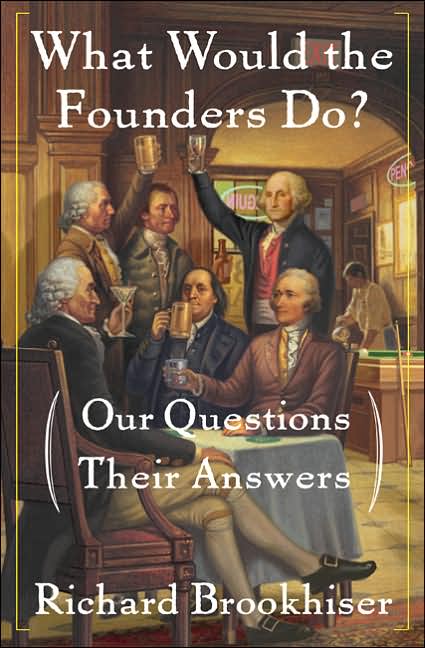What Would the Founders Do About Terrorism?
Such were the rules, and often the practice. But war shaded into terror, especially when it was fought in remote or chaotic areas. Frontier warfare, involving Indian allies and enemies, was brutal on both sides. Joseph Brant, a/k/a Thayendanegea, was a Mohawk chief who led murderous raids on patriot farmers in New York and Pennsylvania, killing women and children as well as soldiers. Brant was no savage-he was a devout Episcopalian who helped translate the Gospel of Mark into Mohawk--he simply behaved savagely in wartime. George Washington responded by sending Gen. John Sullivan to destroy the Indians' towns, crops and"everything that was to be found." Sullivan, who had the help of friendly Oneidas, laid forty villages to waste; Brant's raids only redoubled.
In the south, guerilla warfare raged between patriots and loyalists. Gen. Nathanael Greene, sent to retrieve the military situation in the Carolinas in 1781, wrote in shock to his wife Caty about what he found there."The sufferings and distress of the inhabitants beggars [sic] all description. ... they persecute each other with little less than savage fury." Recently, the historian David Hackett Fischer has popularized an ethnic theory of southern exceptionalism to explain such conduct: southerners fight ferociously because they always have, back to their pre-immigration days in Ulster and the Scotch-English border. There is something to this, but the American Revolution became vicious wherever neither side clearly controlled territory, and fighting fell by default to bands of irregulars. Westchester County, north of British-occupied New York, was another such no-man's land; there the marauders were called cowboys.
Early in the war, Gen. Charles Lee, a radical, eccentric English officer who had settled in Virginia and taken up the American cause, envisioned a guerilla struggle, involving punitive measures against American loyalists. Native-born officers like Washington and Greene preferred to rely on a professional army, responsible to the politicians in Congress. No doubt they were motivated, in part, by pride: they wanted to show the enemy, their former rulers, that they were not rubes leading some rag-tag uprising. But they also dreaded the civil commotion that Lee evidently welcomed.
Washington and Greene were right. John Adams guessed that a third of the American people supported the Revolution, a third opposed it, and a third were indifferent. The key factor in shifting those numbers as the war progressed was the brutal conduct of pro-British irregulars. Since the British army controlled less territory, they were more reliant on such help. The Americans didn't always do right, but they did right more often than their enemies, and it did them a lot of good.
Related Links9/11: Five Years Later Teaching About 9-11
From the book What Would the Founders Do? by Richard Brookhiser. Copyright © 2006. Reprinted by arrangement with Basic Books, a member of the Perseus Books Group (www.perseusbooks.com). All rights reserved.
